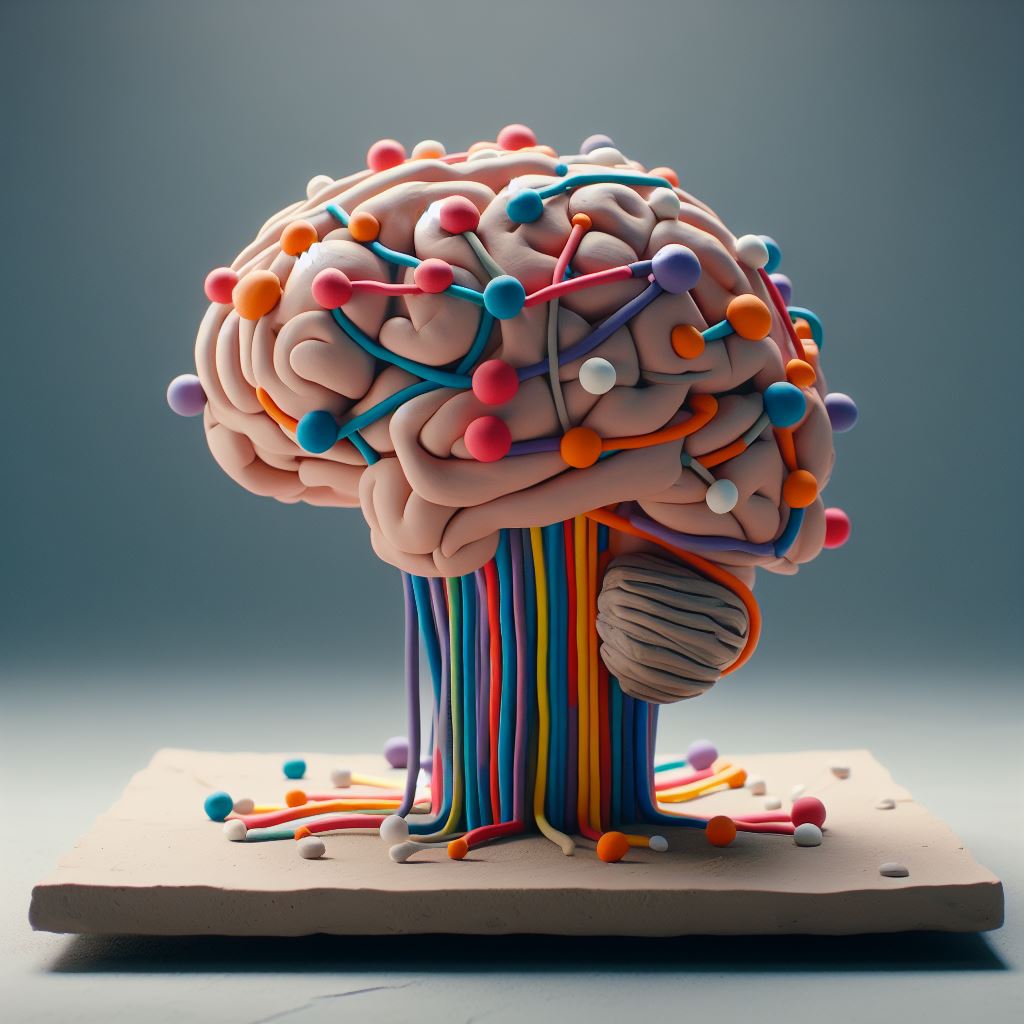- Difficulty reading, writing, or spelling words
- Problems remembering or naming letters, numbers, and colors
- Trouble with sequencing, timing, or organizing information
- Difficulty finding the right word or expressing thoughts
- Confusion with similar-looking or sounding words or letters
- Difficulty with math word problems or learning a foreign language
- Slow or labor-intensive reading or writing
- Avoiding activities that involve reading or writing
- Low self-esteem or frustration about school or learning
WHAT IS DYSLEXIA
Dyslexia is not a disorder or a defect! Neither are you.
Dyslexia is most known to be a learning disorder that affects reading, writing, and spelling skills. It is not related to intelligence, hearing, or vision. It is caused by differences in the brain’s language processing. Dyslexia can make learning challenging, but it can also bring some advantages, such as creativity, problem-solving, and exploration.
One of the researchers who has studied the positive aspects of dyslexia is Dr. Helen Taylor from the University of Cambridge. She has proposed that people with dyslexia are specialized in explorative cognitive search, and play an essential role in human adaptation to changing environments. She argues that dyslexia is not a disorder, but a specialization that has evolutionary benefits.
SIGNS
Some of the common signs of dyslexia are:
These signs can vary from person to person, and from day to day. They can also be influenced by the environment, the teaching methods, and the emotional support. Dyslexia can be diagnosed by a series of tests that assess memory, vision, spelling, and reading skills

There is no cure for dyslexia that is also not necessary, there are ways to help people with dyslexia learn and succeed. Some of the strategies are:
STRATEGIES
- Adjusting the teaching methods to suit the individual’s learning style
- Using multisensory techniques, such as visual, auditory, kinesthetic, and tactile aids
- Providing extra time, assistance, or accommodations for reading or writing tasks
- Using technology, such as text-to-speech, speech-to-text, or dyslexia-friendly font like Dyslexie Font
- Encouraging the strengths and interests of the person with dyslexia
- Providing positive feedback and emotional support
- Seeking professional help, such as tutoring, therapy, or coaching